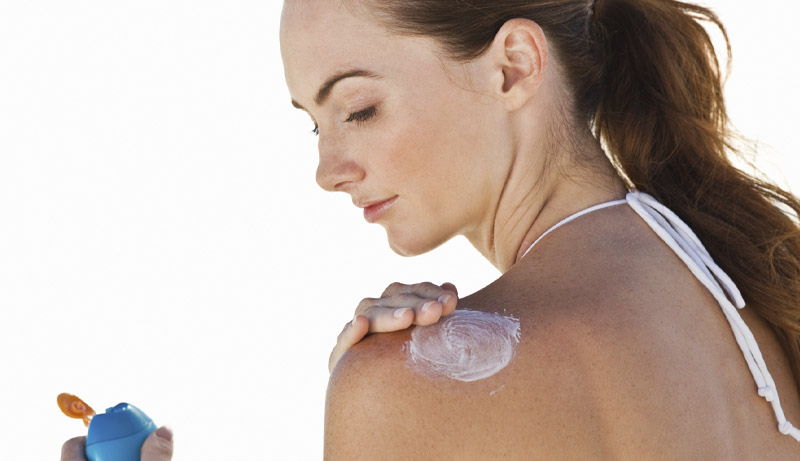
Why even a “base tan” may be more harmful than helpful, according to a local dermatology expert.
As summer sunshine invites people outdoors, the idea of getting a “healthy tan” often resurfaces in conversations, magazines, and social media. But is there really such a thing? According to Jena C. Caiazza, MSPA, PA-C, of Kane Dermatology in Somers Point, NJ, the answer is a clear and unequivocal no.
“We consider all tans to be a sign of DNA damage,” Caiazza states. “In reality, any tan at all is a sign of injury to the skin.”
When your skin darkens in response to sun exposure, it’s not becoming healthier—it’s sounding the alarm. Caiazza explains that tanning occurs when melanocytes, the pigment-producing cells in your skin, begin creating more melanin as a defense mechanism. “Your body is trying to protect itself against the sun’s harmful rays by creating a pigment barrier,” she says. “So, when your skin tans, it’s reacting to damage—it’s not becoming stronger, it’s trying to shield itself from further harm.” In essence, a tan isn’t a badge of health. It’s your body telling you that UV radiation has caused cellular injury.
Another popular misconception is that developing a “base tan” before a vacation or extended sun exposure will help protect your skin from burning. “That is not a great way to look at it,” Caiazza emphasizes. “A base tan is equivalent of an Sun Protection Factor (SPF) 4, which is well below the recommended minimum of SPF 30.” A base tan often provides a false sense of security that can lead to increased time in the sun—and increased risk of long-term skin damage, premature aging, and skin cancer.
Different skin types react differently to UV exposure. Some people burn quickly, while others tan more easily. But that doesn’t mean those who tan are safe. “It’s hard to draw a clear line because every skin type is different,” Caiazza notes. “But just because you don’t burn doesn’t mean your skin isn’t being damaged.”
So, how can you safely enjoy time outdoors? Caiazza strongly recommends daily use of sunscreen—preferably SPF 30 or higher. “I always recommend physical blockers—look for ingredients like zinc oxide or titanium dioxide,” she says. “They act like a shield on your skin, reflecting UV rays before they penetrate.” Chemical sunscreens (often found in spray-on products) can be a backup option for convenience, but she encourages patients to use physical sunscreens whenever possible for optimal protection.
If you’re chasing a tan to look healthy, it’s time to rethink that goal. A tan is your skin’s SOS—a visible sign that damage could already be underway.
Jena C. Caiazza, PA-C, is board certified by the National Commission on Certification of Physician Assistants and she is an active member of both the American Academy of Physician Assistants and the Society of Dermatology Physician Assistants. She practices at Kane Dermatology in Somers Point, NJ. Kane Dermatology is located at 223 Shore Road, Somers Point, NJ. For appointments or inquiries, call 609-705-SKIN (7546) or visit kanedermatology.com.










